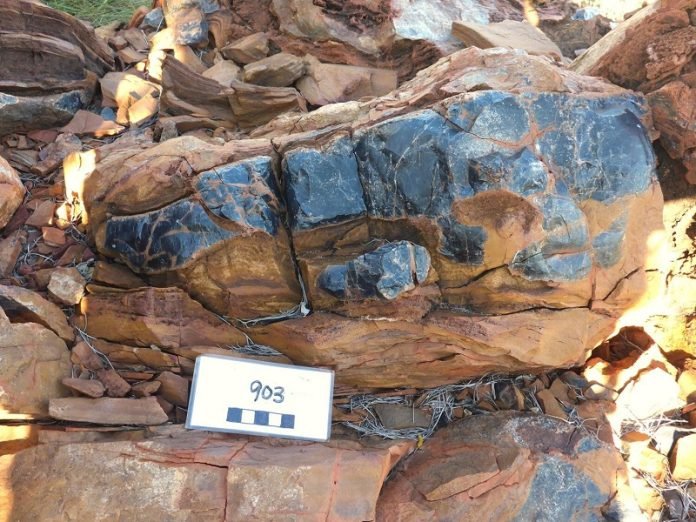
Scientists have made an exciting discovery in Western Australia that could change our understanding of how life on Earth got more complicated a long time ago.
They found some super old tiny fossils that seem to show life forms getting more complex at the same time oxygen started filling up the planet’s atmosphere and oceans.
This big oxygen boost, known as the Great Oxidation Event, happened about 2.4 billion years ago and was a game-changer for our planet.
These new findings were shared in a journal called Geobiology, and they’re kind of a big deal because they give us a peek into a time when oxygen was on the rise, and life on Earth was getting ready to become more diverse.
Before this discovery, scientists didn’t have much proof of this happening because the fossil record from that time is pretty skimpy.
Erica Barlow, a research professor at Penn State’s Department of Geosciences, said, “We’ve always thought that as the Earth’s environment changed, life got more complex. But we didn’t have much evidence.
Now, for the first time, we’ve got actual fossils to show for it.”
When Erica and her team studied these tiny fossils, they noticed that they looked more like algae than the really simple life forms, called prokaryotes, that were around before the big oxygen boost.
Algae are part of a group called eukaryotes, which are like the advanced version of life because their cells have a special area called a nucleus.
But before we get too excited, the scientists say they need to do more research to be 100% sure that these fossils were from eukaryotes.
If they are right, it means complex life started a whole 750 million years earlier than what we thought before!
Erica first found the rock with the fossils while she was still a student in Australia, and she kept studying them through her doctoral work and later at Penn State.
The fossils were in excellent condition, which is pretty lucky and meant the scientists could really dive into studying what they looked like, what they were made of, and how complex they were.
The team found that the carbon in these fossils came from living things, which confirmed they really were old bits of life. They also figured out a bit about how these ancient microorganisms lived and reproduced.
These new fossils are different from anything found from before the oxygen increase—they’re bigger and their cells are more organized. Erica said that these fossils have a bunch of features that look just like modern algae.
So, what does this all mean? Well, it could show that complex life got started on Earth much sooner after life first appeared, which was about 3.5 billion years ago.
And it’s not just about Earth—it also makes us think about what kinds of life we might find elsewhere in space.
Erica thinks that if there was life somewhere else, it might not be just simple bacteria; it could be something a bit more complex, even if it’s still too small to see without a microscope.
This discovery isn’t just cool for scientists; it’s a clue for all of us about the early days of life on our planet, and it might even help us guess what to look for in the vast universe around us.
Follow us on Twitter for more articles about this topic.



